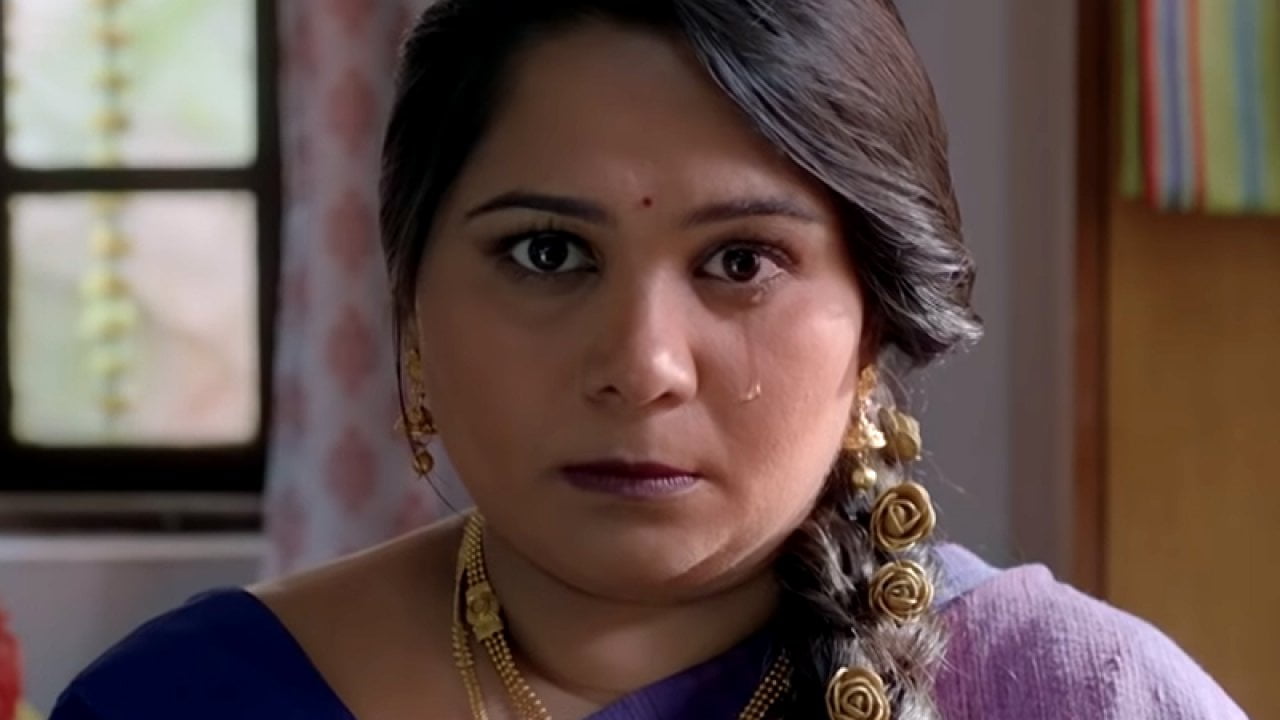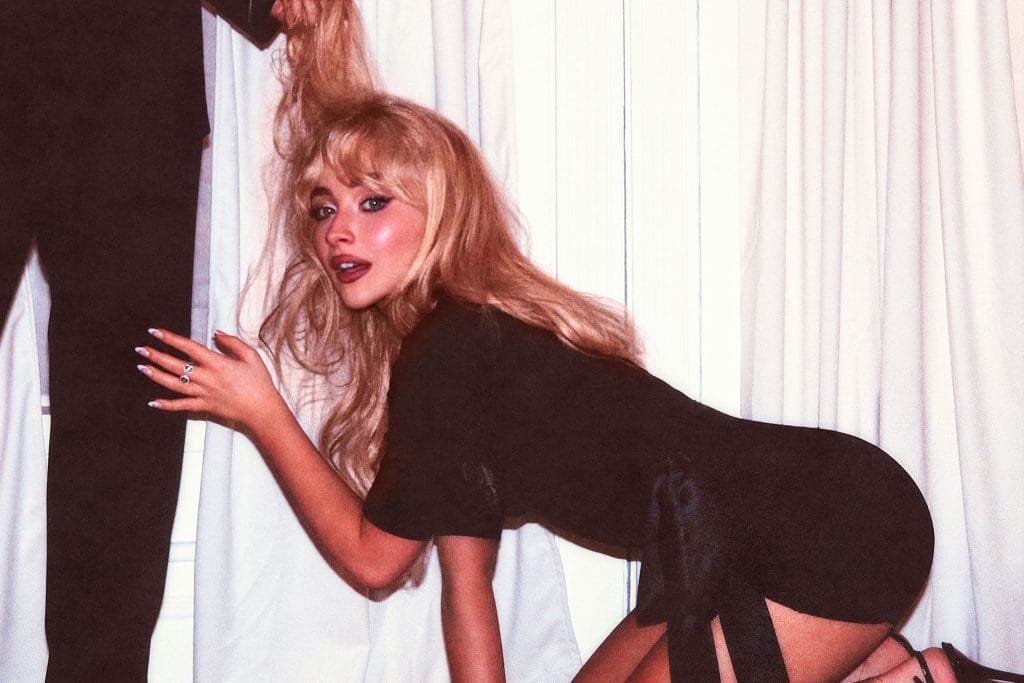Just as in cinema, most of our web content that is considered ‘mainstream’ too represents marginalised identities, especially those marked by caste, only as a token, or to serve the purpose of empowering the upper caste protagonist of the story (think short films like Juice). The comedy industry in India (here I will include sketch, web as well as stand-up to mean comedy because a lot of comedians dabble in multiple genres of comedy) is no different.
In January last year, TVF released the musical sketch Gully Bai which was a spoof of the Hindi film Gully Boy about a young Dalit Muslim man from the slums of Dharavi becoming a famous rapper. Critiquing the video, Firstpost wrote about its casual casteism and commented on how the violence against the marginalised sections of society is easily ignored. Another article on FII also pointed out that as employers “…we consider ourselves their saviours. We expect our domestic workers to be grateful to us for having provided them a job” instead of it being a “transaction, an exchange of money for labour.”
Both the articles then address the glaring absence of acknowledging caste privilege, and critiques of this privilege (exceptions are Sanjay Rajoura’s comedy in general and a part of Aditi Mittal’s special Girl Meets Mic) within the comedy industry where the ‘make-up didi’, the ‘maid’ or the ‘expressionless chaukidaar’ are used as comedic tropes for their own sake: their profession becomes the punchline of the joke.
I now come to the subject of my article – the web-series Pushpavalli. The second season premiered on March 13 amid the frustration of the Coronavirus (COVID-19) quarantine across the country. The season has mostly received positive reviews by Film Companion, Firstpost, and other web news media mainly citing of the complexity built into each character which lets us see them as flawed, and therefore, relatable and real human beings.
Pushpavalli’s upper-caste location as a Tamil Brahmin is prominently established in the first episode of the series itself (represented through Pushpavalli’s family as well as her fiance’s). The setting of the engagement itself establishes the Tamil-Brahmin nature of the ceremony with characters
In addition, the stress caused by societal expectations of performing conventional femininity from an Indian woman are demonstrated: the crux of this is revealed when she confesses that her lack of confidence to approach the man she had a crush on directly was based on the fact that, “You look like you and I look like me.” All of these little details help audiences empathise, though not condone, the behaviour she exhibits.
Caste In Pushpavalli
The purpose of this article is to point out some of the glaring absences in an otherwise necessary narrative around the construction of Indian femininity. Pushpavalli’s upper-caste location as a Tamil Brahmin is prominently established in the first episode of the series itself (represented through Pushpavalli’s family as well as her fiance’s). The setting of the engagement itself establishes the Tamil-Brahmin nature of the ceremony with characters including Pankaj and Pushpavalli’s mother reiterating it multiple times: “This is a Brahmin wedding, everyone here is shirtless.” or Pushpavalli’s mother saying, “Don’t say Jesus, this is a Brahmin wedding.”
Note also that Nikhil Rao himself is Brahmin, with Rao being one of the most common surnames in Karnataka. These sound like harmless, self-deprecatory jokes about and references to the south-Indian Brahmin communities. But in fact, it is experienced by the audience as an exercise in solidifying communal bonds within the group. This is because the seemingly harmless quips made by the mother about appropriate language in a Brahmin wedding are seen as the ‘quirks’ of a rather harmless older generation that has been steeped in caste prejudices and ‘don’t know any better.’ In short, it does not challenge audience’s or the characters’ preconceived notions about caste hierarchies like it does about gender.
the seemingly harmless quips made by the mother about appropriate language in a Brahmin wedding are seen as the “quirks” of a rather harmless older generation that has been steeped in caste prejudices and “don’t know any better.” In short, it does not challenge audience’s or the characters’ preconceived notions about caste hierarchies like it does about gender.
This is not to say that it is inherently wrong to depict any cultural glimpses of upper-caste identities on-screen. However, all media is part of larger discourses that help create and maintain existing social and cultural structures, many of which are inherently oppressive. Most of the media we consume on a daily basis largely depicts lives of upper-caste people as the ‘norm’ so much so that the caste markers visible in them are disregarded as ‘natural’ or ‘normal’. It is only when a Gully Boy or a Sairat or a Kaala come on screen that caste realities become visible: in the violence caused on the bodies of Dalit-Bahujan people. In content populated by upper-caste characters, caste remains invisible even in its prominence.
Therefore, while we celebrate the complex gender narrative that runs through a show like Pushpavalli, we need to acknowledge that it fails in demonstrating intersectionality. This is something comedian Sanjay Rajoura articulates this well in a panel discussion, incidentally with Sumukhi Suresh, Vasu Primalni and Aayushi Jagad in it: “I have seen a lot of female comics making gender-sensitive material, but it is not Dalit-sensitive…Women are speaking about gender issues–very sensitive issues–and casually using Dalit slang. She may be trying to insult a man, but uski jo intersectionality hai, woh gadbad hai (her intersectionality is problematic).”
(Not So) Casual Casteism In Pushpavalli
This brings me to the narrative built around marginalised characters in the web-series. The only character whose life could be categorised as precarious is that of ‘T-Boi’, literally, the boy who sells tea, who has been helping Sumukhi stalk her crush Nikhil, since the first season. Much like Kachra in Lagaan, whose profession itself becomes his name, and his identity, and by extension, the source of all humour, ‘T-Boi’ has been named simply after his day job as a tea-seller (a daily-wage job, which clearly does not fetch much income) —even the word tea is not fully spelled out.
The counter-argument I anticipate here is this: as Indians use such nicknames to identify a lot of people who are our acquaintances, and such identification is not limited to a lower caste person. Moreover, how many of us really ask our local tea-seller for their names when we buy tea from them? These would be valid, except that Pushpavalli is not just buying tea from him. In fact, she is never seen buying tea from him, just lurking around him pretending she does not associate with him.
among all the characters in the show, Pushpavalli basically uses T-Boi as a punching bag. Most of her frustrations with the world, with her own insecurities, only find an outlet in her yelling at and unreasonable demands of T- Boi. T-Boi has not been represented as the typical weak lower caste character.
Someone who is helping you do something on which apparently your life and self-esteem depends at least deserves the courtesy of being asked their name, or in this case, being given a name other than the lazy ‘T-Boi’, don’t they? Also, to be noted is that he has been left unnamed as one of the main characters in the series; unlike all of the girls in Vasu’s PG, where Pushpavalli stays, have been given at least first names even when they may not have more than a line or two to contribute in the scene.
Also read: Film Review: Guilty Attempts At Providing Nuance For The #MeToo Movement
Not just this, there are several other instances that betray the casual casteism against T-Boi in the show.
First, among all the characters in the show, Pushpavalli basically uses T-Boi as a punching bag. Most of her frustrations with the world, with her own insecurities, only find an outlet in her yelling at and unreasonable demands of T-Boi. T-Boi has not been represented as the typical weak lower caste character. But the fact that he literally does all of her ‘dirty work’ (remember Kachra here again) for Pushpavalli in exchange for money, and never loses his temper while she insults and yells at him, clearly indicates his acceptance of her superior position to him.
In fact, we see him always eager to please her even as he does things she does not ask him to do. However, whenever he tries to do this, Pushpavalli reiterates how he ‘should not act over smart’ and only ‘do as he has been told to’ in exchange for the money she pays him. By refusing to divulge her motivations behind her absurd-looking actions, and associating his identity only with the work he does for her, she only looks at her relationship with him as a monetary transaction, like he is considered as being incapable of thinking and empathising with her. Here, even though she may be a woman, Pushpavalli’s caste and class location give her power over him which she thoroughly exploits.
Conclusion
Such indifference to caste and other social inequalities within the comedy industry is not necessarily surprising considering almost all comedians who are performing successfully today are upper-caste: Brahmin, Baniya, Jaat are some of the prominently exhibited and self-identified castes by them. The problem, as I have mentioned before is not that there is such an overwhelming representation, even celebration of upper-caste identities.
Also read: Film Review: Ghar Ki Murgi Doesn’t Ruffle Any Feathers This International Women’s Day
The problem is not thinking critically and being self-reflexive about occupying these locations and how they are perpetuating and maintaining the casteism that our millennial generation is so fond of disregarding as something ‘only our parents and grandparents practised’ and not us. Casteism today does not get articulated in the more evident forms of untouchability or separation of the maid’s utensils from the employers. It exists in more subtle ways, in disregarding someone’s personhood and reducing them to a name, as a mere accessory whose labour one can exploit to get ahead in life without the added burden of acknowledging the life behind that labour.
Madhavi Shivaprasad is a PhD scholar at Tata Institute of Social Sciences, Mumbai researching on stand-up comedy in India. She is also a freelance feature writer and has previously written for web magazines like FactorDaily and Skin Stories. You can find her on Facebook and Twitter.
Featured Image Source: Film Companion




